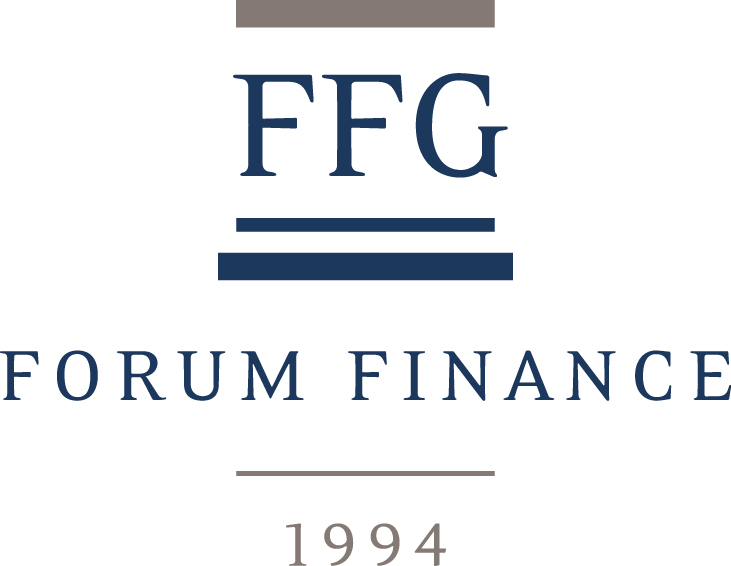Newsletter | August 2023
THE US DOLLAR HAS ERASED ITS JUNE GAINS AGAINST THE EURO IN JULY
+ 10.4% THE PERFORMANCE OF COMMODITIES IN JULY
Investment perspective
In July, fixed income recorded positive returns across all sectors except for the U.S. long-dated Treasury sector (-2.2%), while global equities were up 3.7% in U.S. dollar terms. The key takeaway from July was the broadening of returns. The U.S. large cap index gained 3.1%, while the equal weighted gained 3.4%, beating the market cap weighted index for the second month in a row. The U.S. small-cap index delivered stronger gains with an increase of 6.1% for the month. Typical value sectors posted gains with energy up 7.3% and financials 4.7%, while Healthcare lagged (+0.9). Emerging market equities posted strong returns, thanks to a Chinese equities rebound of +10.8% in U.S. dollar terms. As widely expected, the Fed increased interest rates by 0.25% to 5.25% – 5.50%. In Europe, the ECB also lifted its deposit and main refinancing rates by 25 bps, to 3.75% and 4.25%, respectively, in line with market expectations. The ECB opened the door to the possibility of a pause in September. This dovish shift was probably due to falling eurozone inflation and weaker activity with manufacturing PMI at 48.9 in July. In this context, the U.S. dollar weakened against major European currencies while recording strong gains against the Japanese and Chinese currencies. Above all, the highlight of the month was the strong return recorded in the commodity complex (+10.7) – particularly in the energy sector (+16.0%). Market expectations relative to the path of the Fed’s monetary policy have shifted significantly since the beginning of the year. After its meeting last month, the Fed said that it would watch incoming data and study the impact of its rate hikes on the economy. The terminal rate market expectation currently stands at 5.4% in November and the first rate cut in 1Q-2Q 2024.
Investment strategy
Our portfolios benefited from the positive returns recorded across developed equity markets as well as emerging markets, including China. Like many investors, we have been surprised by the strength of equity markets, in the face of rising interest rates. Despite recent market upswing, we are convinced that the full effect of the central bank’s tightening cycle – which, in the U.S. tends to lag economic activity by 18 to 24 months – has yet to be felt across the economy. In addition, the yield curve has in-verted further, which is historically inconsistent with an economic recovery. A key takeaway from July was the broadening of returns and market rotation, marking the second month in a row where the U.S. large cap equal weighted index outperformed the tra-ditional U.S. large cap market weighted index. As the equity rally broadened beyond mega cap technology stocks, the volatility index fell to single digits, which was the lowest monthly reading since December 2019. We reiterate our defensive stance as we see risks building on the horizon that are not fully priced in by the market. In this context, we maintain our underweight exposure in equities with a preference for defensive strategies.
TREASURY YIELD-CURVE INVERSION NEARS MOST EXTREME SINCE 1980s
Portfolio Activity/ News
We have kept our asset allocation broadly unchanged in July, but we have done extensive work within each asset class to reflect the market dynamics and rotation. In equities, we took advantage of the recent market strength to reduce our exposure to technology as well as certain others thematics, including U.S. Small Cap Growth, and reallocated the proceeds into the S&P 500 Equal Weight and respective domestic markets across reference currencies. We reduced our positions in multi-strategy hedge funds and reinvested the proceeds into global macro and trend following strategies. Our hedge fund exposure temporarily decreased after the reduction of our event-driven bucket. The proceeds have been kept in cash pending the reinvestment in a risk parity strategy. We pared back our gold and convertible bond positions. Within fixed income, we have gradually increased our existing positions with a preference for flexible managers as uncertain-ties over the evolution of interest rates remain elevated.
Download the Newsletter
